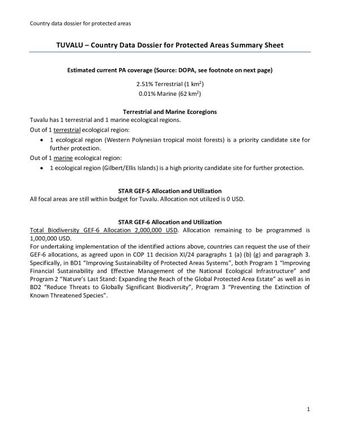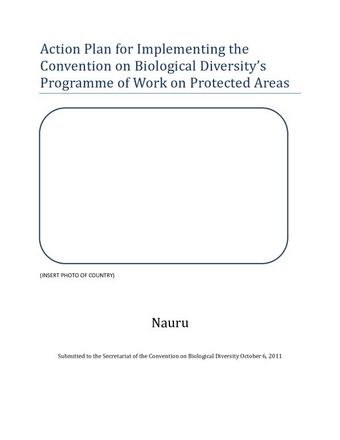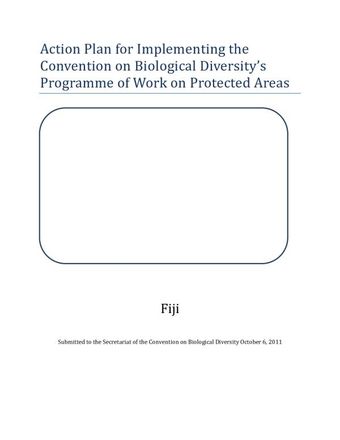Dynamics in the global protected-area estate since 2004
- Description:
- Nations of the world have committed to a number of goals and targets to address the global environmental challenges humanity faces. Protected areas have for centuries been a key strategy in conservation and play a major role in addressing current challenges. The most important tool used to track progress on protected area commitments is the World Database on Protected Areas (WDPA). Periodic assessments of the worlds protected area estate show steady growth over the last two decades. However, the current method, which uses the latest version of the WDPA, does not show the true dynamic nature of protected areas over time, nor does it provide information on sites removed from the WDPA. In reality, this methodology can only show growth or remain stable. This paper presents a novel approach to assess protected area change over time using twelve temporally distinct versions of the WDPA that quantify area added, and removed, from the WDPA annually from 2004 to 2016. Results show that both the narrative of continual protected area growth and the counter-narrative of protected area removal are overly simplistic. The former because growth has been almost entirely marine and the latter because we demonstrate that some areas removed are re-protected in later years. Analysis indicates that, on average, 2.5 million km2 is added to the WDPA annually and 1.1 million km2 is removed. Reasons for the inclusion and removal of protected areas in the WDPA database are explored and discussed. To meet the 17% land coverage component of Aichi Biodiversity Target 11 by 2020, which stands at 14.7% in 2016, the world will either need to reduce the rate of protected area removal or increase the rate of protected area designation and addition to the WDPA.
- Collections:
- Secretariat of the Pacific Regional Environment Programme (SPREP)
- Content partner:
- Secretariat of the Pacific Regional Environment Programme (SPREP)
- Availability:
- Not specified
-
Copyright status: All rights reservedFind out more about what you are able to do with this itemThis item is all rights reserved, with means you'll have to get permission from Secretariat of the Pacific Regional Environment Programme (SPREP) before using it. For more information, please see our use and reuse page.What can I do with this item?Non-infringing useNZ copyright law does not prevent every use of a copyright work, and this item may be hosted by an international institute or organisation. You should consider what you can and cannot do with a copyright work.No sharingYou may not copy and/or share this item with others without further permission. This includes posting it on your blog, using it in a presentation, or any other public use.No modifyingYou are not allowed to adapt or remix this item into any other works.No commercial useYou may not use this item commercially.
Related items
Welcome and warm Pasifik greetings
The information on this site has been gathered from our content partners.
The names, terms, and labels that we present on the site may contain images or voices of deceased persons and may also reflect the bias, norms, and perspective of the period of time in which they were created. We accept that these may not be appropriate today.
If you have any concerns or questions about an item, please contact us.



